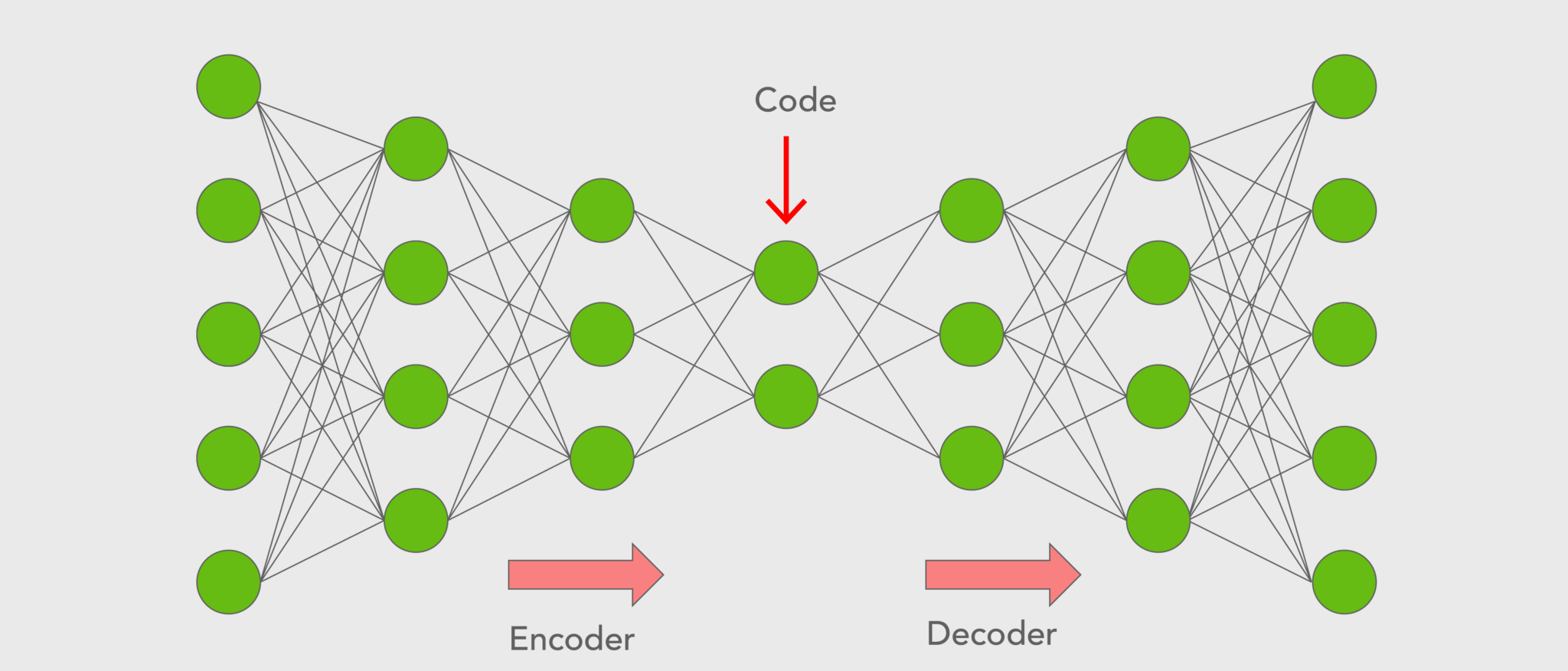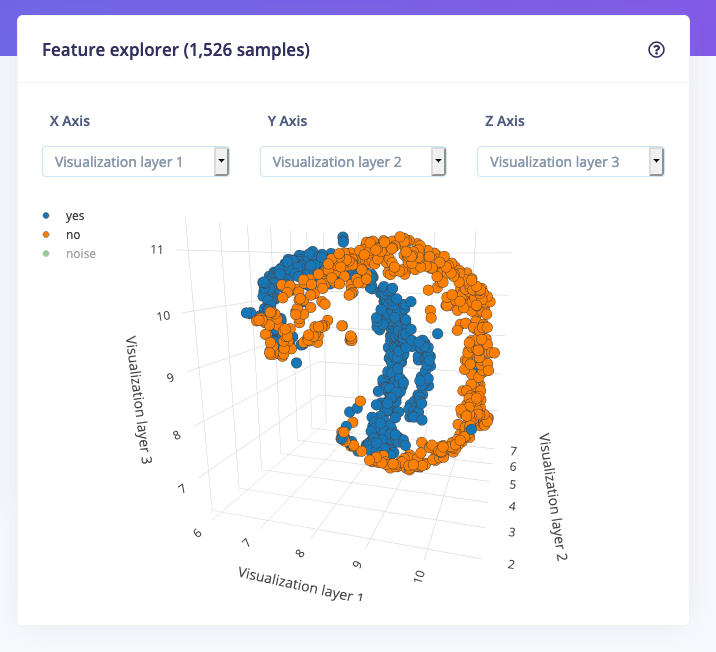The Unseen Frontier: Advancing Anomaly Detection with Large Language Models in Machine Learning
In the realm of machine learning, anomaly detection stands as a cornerstone, responsible for identifying unusual patterns that do not conform to expected behavior. This crucial function underlies various applications, from fraud detection in financial systems to fault detection in manufacturing processes. However, as we delve into the depths of machine learning’s potential, we find ourselves at the brink of a new era, one defined by the emergence and integration of large language models (LLMs).
Understanding the Impact of Large Language Models on Anomaly Detection
Large Language Models, such as the ones discussed in previous articles on the future of AI and large language models, represent a significant leap in how machines understand and process language. Their unparalleled ability to generate human-like text and comprehend complex patterns in data sets them apart as not just tools for natural language processing but as catalysts for innovation in anomaly detection.
Consider, for example, the intricate nature of detecting fraudulent transactions amidst millions of legitimate ones. Traditional models look for specific, predefined signs of fraud, but LLMs, with their deep understanding of context and patterns, can uncover subtle anomalies that would otherwise go unnoticed.
< >
>
Integration Challenges and Solutions
Integrating LLMs into anomaly detection systems presents its own set of challenges, from computational demands to the need for vast, accurately labeled datasets. However, my experience in deploying complex machine learning models during my tenure at Microsoft, coupled with innovative cloud solutions, sheds light on mitigative strategies. By leveraging multi-cloud deployments, we can distribute the computational load, while techniques such as semi-supervised learning can alleviate the dataset requirements by utilizing both labeled and unlabeled data effectively.
Advanced Features with LLMs
LLMs bring to the table advanced features that are transformative for anomaly detection, including:
- Contextual Awareness: Their ability to understand the context significantly enhances the accuracy of anomaly detection in complex scenarios.
- Adaptive Learning: LLMs can continuously learn from new data, improving their detection capabilities over time without requiring explicit reprogramming.
- Generative Capabilities: They can generate synthetic data that closely mirrors real-world data, aiding in training models where real anomalies are rare or hard to come by.
< >
>
Case Study: Enhancing Financial Fraud Detection
A practical application of LLMs in anomaly detection can be seen in the financial sector. By training an LLM on vast amounts of transactional data, it can learn to distinguish between legitimate and fraudulent transactions with astonishing precision. Moreover, it can adapt to emerging fraud patterns, which are increasingly sophisticated and harder to detect with conventional methods. This adaptability is crucial in staying ahead of fraudsters, ensuring that financial institutions can safeguard their operations and, more importantly, their customers’ trust.
The Road Ahead for Anomaly Detection in AI
As we forge ahead, the fusion of anomaly detection techniques with large language models opens up new vistas for research and application. The intersection of these technologies promises not only enhanced detection capabilities but also a deeper understanding of anomalies themselves. It beckons us to explore the intricacies of AI’s potential further, challenging us to reimagine what’s possible.
In conclusion, the integration of large language models into anomaly detection heralds a new epoch in machine learning. It offers unprecedented accuracy, adaptability, and insight, allowing us to navigate the complexities of modern data with confidence. As we continue to explore this synergy, we stand on the brink of unlocking the full potential of AI in anomaly detection, transforming challenges into opportunities for innovation and progress.
< >
>
Focus Keyphrase: Large Language Models in Anomaly Detection
 >
> >
> >
>